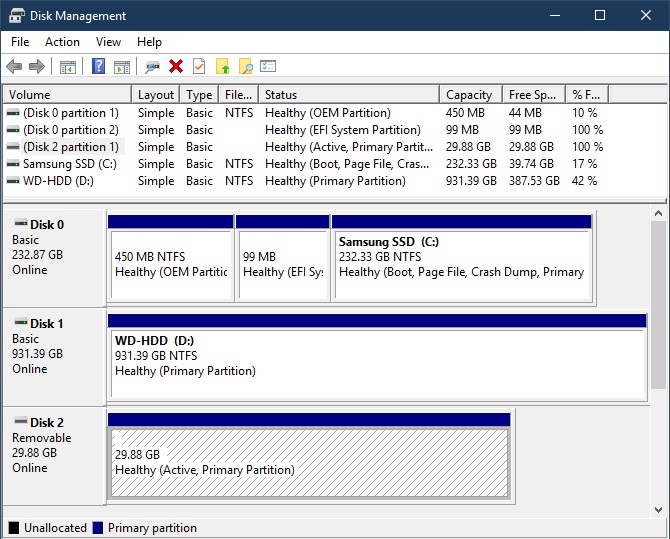
- #DISK INVENTORY X DOESNT OPEN FOR MAC OS X#
- #DISK INVENTORY X DOESNT OPEN FOR MAC#
- #DISK INVENTORY X DOESNT OPEN SOFTWARE#
- #DISK INVENTORY X DOESNT OPEN CODE#
- #DISK INVENTORY X DOESNT OPEN DOWNLOAD#
#DISK INVENTORY X DOESNT OPEN FOR MAC#
The most popular Mac alternative is ncdu, which is both free and Open Source.If that doesn't suit you, our users have ranked more than 50 alternatives to Disk Inventory X and 19 are available for Mac so hopefully you can find a suitable replacement. There are many alternatives to Disk Inventory X for Mac if you are looking to replace it. Provides a basic overview of all your disks on startup Creates a click-able map of the data on your disk, color-coded by type.
#DISK INVENTORY X DOESNT OPEN DOWNLOAD#
Platform: OS X Price: Free Download Page Features.

A hard disk analysis tool like Disk Inventory X will scan your Mac’s hard disk and display which folders and files are using up the most space. To free up disk space, it’s helpful to know exactly what is using disk space on your Mac. Check Your Disk to See What is Taking Up Space and Find Large Files. The utility provides a neat summary of file distribution in terms of their size, which allows its user to understand how much space is being consumed by certain files and types of files. Disk Inventory X is a utility that helps to analyze disk usage on a Mac.
#DISK INVENTORY X DOESNT OPEN SOFTWARE#
BuildingĬlone the repository and open the project file located in Disk Inventory X 1.0 src/make/src/Disk Inventory X.xcodeproj and then hit CMD+B.Inventory software for mac free download - Disk Inventory X, Network Inventory Advisor, ABC Inventory Software, and many more programs.

The Xcode project file is no longer compatible with contemporary versions of Xcode so I had to manually copy the header files, which was ok because they were only a handful. There's no need to go hunting in all the folders to extract the headers, just go to the target settings > build phases > headers: You’ll also see an attachment from DaisyDisk that shows nearly 170GB of space taken up by hidden. See the attached image below for a detailed breakdown of my user files as shown by Disk Inventory Xit doesn’t add up to anywhere close to 199GB. Fortunately, it didn't change much, and I was able to extract the header files and integrate them with the prebuilt version of the framework that was distributed with DIX. There is exactly zero chance I have 199GB worth of misc files that would account for this. OmniGroup has kindly made available their source repo, but it goes back only as far as 2009. I did have to modify them slightly, but overall it was easy. Took the generated headers and placed them inside the framework bundle in the Headers folder. Feed it a framework bundle and it will output a header file for each class it finds along with the correct methods and members. Luckily, there's a tool called class-dump that came to the rescue. This has proved most annoying as I haven't been able to find versions of the Path Finder SDK from the same epoch as DIX and the contemporary SDK is incompatible, in the sense that it's wholly different. Therefore, I extracted the prebuilt frameworks from the Disk Inventory X.app bundle and recreated the headers as follows: CocoaTech

#DISK INVENTORY X DOESNT OPEN CODE#
Even if the source code was available, compatibility problems between early versions of Xcode (2.x) and the latest Xcode (7.2) would make it troublesome to compile. Except for TreeMapView which is provided by the original author, finding the source code for the other two proved difficult. The main problem in fixing this was that DIX relied on three main external frameworks: OmniFramworks, CocoaTech and TreeMapView. Setting the NSNumberFormatter behavior to NSNumberFormatterBehavior10_0 results in the correct values: This new behavior would cause DIX running on OSX 10.4+ to format the volume sizes incorrectly, for example my 465.6 GB HDD was being displayed as 4,65.6GB: Since DIX 1.0 was written, OSX APIs have continually changed and one of them was the introduction of new behavior for NSNumberFormatter in OSX 10.4. If you've ever wondered where all your disk space has gone, Disk Inventory X will help you to answer this question." It shows the sizes of files and folders in a special graphical way called "treemaps".
#DISK INVENTORY X DOESNT OPEN FOR MAC OS X#
There are many alternatives available, myself personally I use Disk-Inventory-Xįork of Disk Inventory X with the correct volume size formatting and rebuilt external frameworks headers.Īs the original author states, "Disk Inventory X is a disk usage utility for Mac OS X 10.3 (and later). This repository was just an exercise to revive the ancient code base of Disk Inventory X but the compatibility issues with newer OSXs make it unusable. ⚠️ Attention! This application is no longer supported! ⚠️


 0 kommentar(er)
0 kommentar(er)
